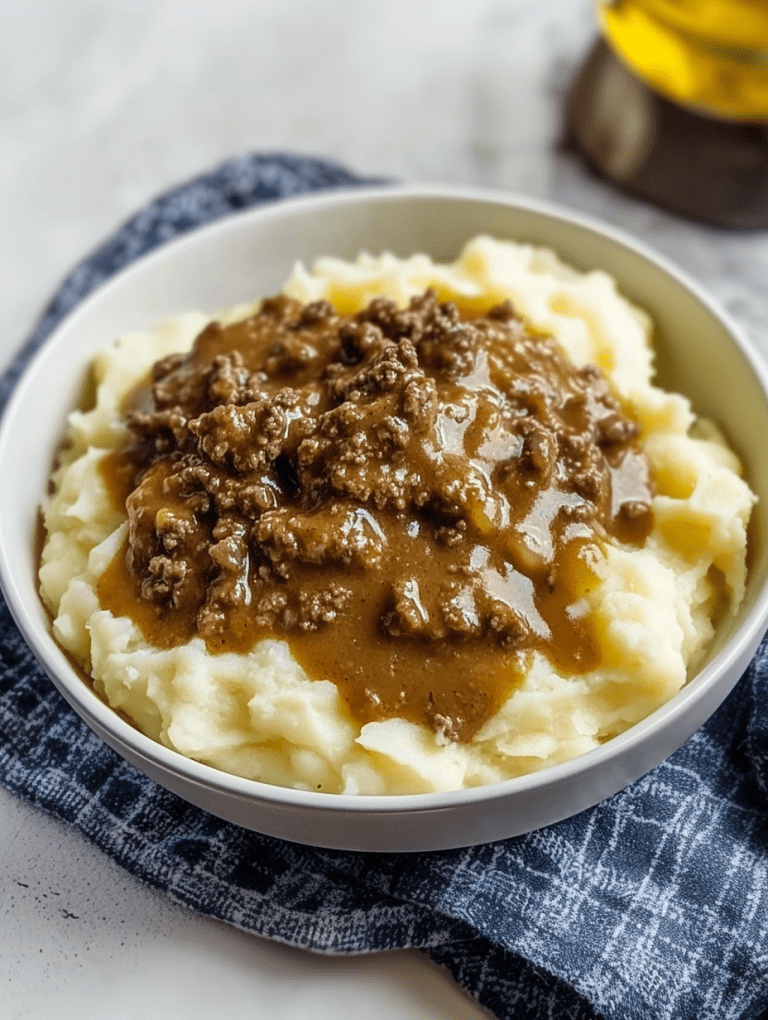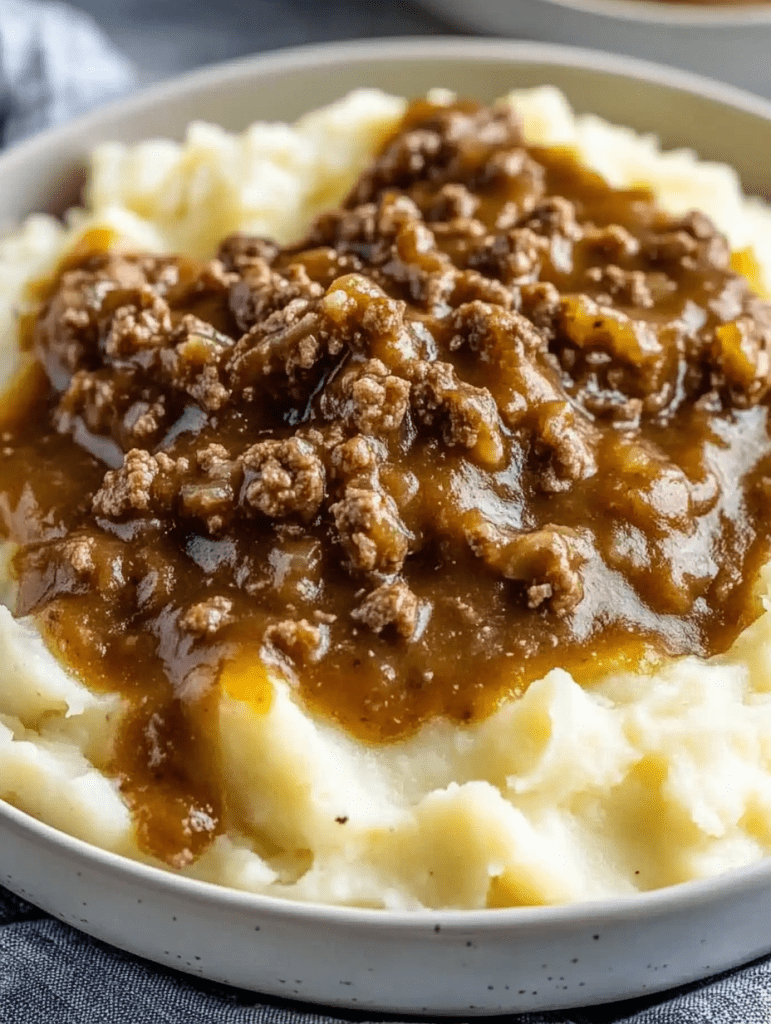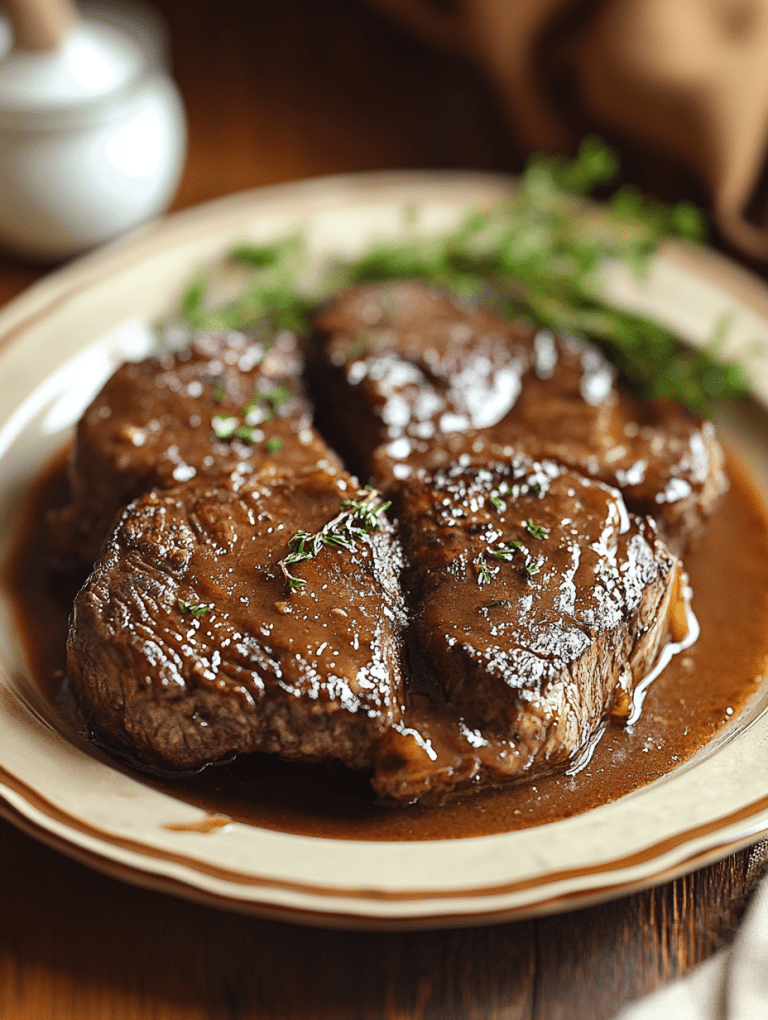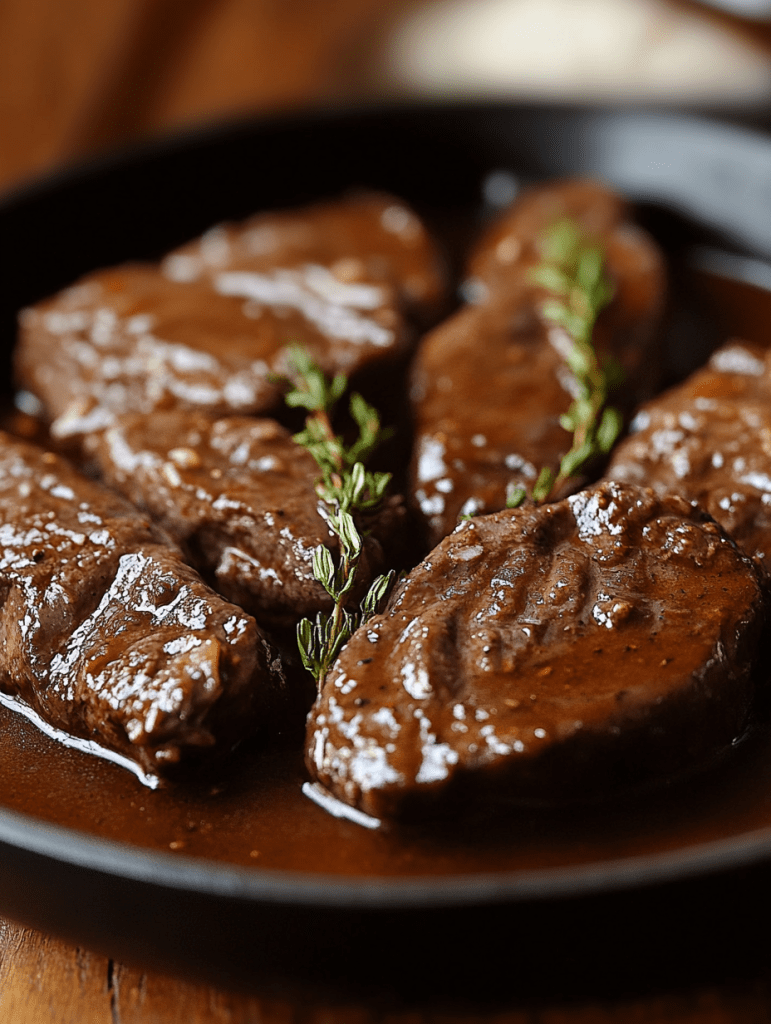Simple Egg Fried Rice is a quick and satisfying dish that transforms basic ingredients into a flavorful meal. Perfect for busy weeknights or as a side dish, it’s a versatile recipe that can be customized with your favorite vegetables and seasonings. Using day-old rice is the key to achieving the ideal texture, making it a great way to repurpose leftovers into something delicious.
This dish balances the nuttiness of stir-fried rice with the savory notes of soy sauce and the satisfying fluffiness of scrambled eggs. Garnished with green onions or sesame seeds, it’s a comforting dish that’s as easy to make as it is enjoyable to eat.
Why You’ll Love This Recipe
• Quick and Easy: Ready in under 20 minutes with simple pantry ingredients.
• Versatile: Customize with different vegetables, proteins, or spices.
• Great for Leftovers: Perfect use for day-old rice.

Ingredients
• 2 cups cooked rice (preferably day-old rice)
• 2 eggs
• 2 tablespoons vegetable oil
• ½ cup mixed vegetables (such as diced carrots, peas, and corn)
• 2 cloves garlic, minced
• 2 tablespoons soy sauce
• Salt and pepper to taste
• Optional Garnishes: Chopped green onions, sesame seeds
Instructions
Step 1: Scramble the Eggs
1. Heat a large skillet or wok over medium heat and add 1 tablespoon of vegetable oil.
2. Crack the eggs into the skillet and scramble them until fully cooked.
3. Remove the scrambled eggs from the skillet and set aside.
Step 2: Sauté Garlic and Vegetables
1. In the same skillet, add the remaining tablespoon of vegetable oil.
2. Add the minced garlic and sauté until fragrant, about 30 seconds.
3. Stir in the mixed vegetables and stir-fry for 2-3 minutes, or until tender-crisp.
Step 3: Stir-Fry the Rice
1. Add the cooked rice to the skillet, breaking up any clumps with a spatula.
2. Stir-fry the rice with the vegetables for 2-3 minutes until heated through.
Step 4: Incorporate the Eggs
1. Push the rice and vegetables to one side of the skillet.
2. Pour the beaten eggs into the empty space and let them cook undisturbed until they begin to set.
3. Scramble the eggs gently with a spatula and mix them into the rice and vegetables.
Step 5: Season and Serve
1. Drizzle the soy sauce over the rice mixture and toss everything together until evenly coated.
2. Season with salt and pepper to taste.
3. Stir-fry for another 2-3 minutes to blend the flavors and ensure everything is hot.
Step 6: Garnish and Enjoy
1. Remove the skillet from the heat and transfer the egg fried rice to serving plates.
2. Garnish with chopped green onions and sesame seeds, if desired.
Tips
• Use Day-Old Rice: Freshly cooked rice can be too moist; day-old rice ensures a better texture.
• Add Protein: Include diced chicken, shrimp, or tofu for a heartier meal.
• Control Saltiness: Adjust the soy sauce quantity based on your taste preference.
Storage Options
• Refrigeration: Store leftovers in an airtight container in the refrigerator for up to 3 days.
• Reheating: Reheat in a skillet or microwave, adding a splash of water if needed to loosen the rice.
Simple Egg Fried Rice is a comforting, flavorful dish that’s endlessly customizable and perfect for any occasion. Enjoy it as a standalone meal or a side dish alongside your favorite Asian-inspired recipes!



















